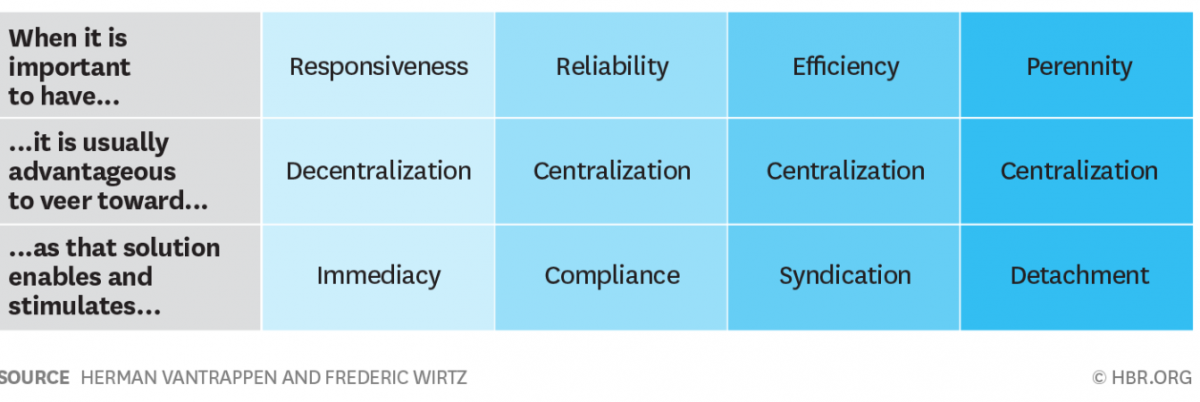- Latest NewsUp-to-date articles giving you information on best practice and policy changes.
- Skills AuditsEvaluate your skills and knowledge, identify gaps and determine training needs.
MAT operations: pitfalls to avoid
What do you need to consider when growing your multi-academy trust? Stephen Mitchell outlines some common areas that MATs fall down on
Go straight to:
So, you’re growing your MAT? Exciting times lie ahead – the proverbial blank piece of paper with untold opportunities waiting to have the masterpiece brushed onto it.
And an awesome responsibility – you are part of a team with the privilege of providing an environment for every child in your MAT to reach their potential, to develop a love of learning, to create schools that pique interest, that inspire, and to help forge the futures of the next generation.
Where can we learn from others? What are the common pitfalls that lie ahead? Here are some of the many that have caught out multiple other MATs before.
Forgetting the children
This one is surprisingly common – I see MATs up and down the country that are so focused on their growth strategy that they seem to forget who they are there to serve.
The children become a secondary focus to the restructuring and business processes of managing the MAT. We’d all agree this is back to front, and it's one to keep your eye out for.
If anything isn’t adding value to our children, then we really must ask why we’re doing it.
Homogenisation
We know that MATs take all forms from very tight, identikit schools to very loose organisations, where autonomy is left entirely with each school. Either can work, as can everything in between, if you have the right kind, and quality, of management leading the teams in the schools.
However, sometimes MATs can be led unwittingly into thinking that the inevitable path of centralisation means that everything must be the same in every school. This just simply isn’t the case.
Sometimes different schools must have different ways of achieving the same goal, and this can be consistent with a MAT wide policy.
It’s about having the nous, and the wisdom to recognise the talents of the people that you have, and the resources in the schools, and finding the right solution, for them. After all, we differentiate our teaching for children, don’t we?
As leaders, we should be making sure that our colleagues feel part of one team
Silo working
In a MAT we’re all one team. We may work in different functions, or in different locations, but we’re all here for one reason. I commonly see discord between, particularly, the education and central operations teams in multi-academy trusts.
We need each other, and together we’re stronger. It is important that MATs make time to bring the different teams together. I know of MATs where the central team don’t know the names of everyone else in the central team in the same office/school as them, and that’s just crazy.
As leaders, we should be making sure that our colleagues feel part of one team, and that they know who they can call on for support, when they need it.
Misplaced centralisation
Centralisation seems to be a buzzword around MAT growth strategies. Without a doubt it can add efficiency, effectiveness and consistency to operations. But it’s not always the best answer.
We need to consider the impacts of centralisation on processes, local context, ability to respond etc, and impact on morale.
The Harvard Business Review published this great table about centralisation, and when it should be used.
Assuming
It is so easy to fall into this trap of assuming that everyone is on the same page and is wanting the same things for the MAT as you. As leaders of organisations, one of the key things we need to remember is that we can’t over communicate.
Discussing your vision, talking about what the organisation is going to be, the things that can be achieved for the children in your schools, for example, is so important, and so vital to do on a regular basis.
Rushing
I’ve seen this so many times in MATs I’ve visited. There are great plans about the art of the possible, which the MAT rushes to implement. However, change is hard – very hard. And it’s hard on colleagues too.
Good, strong change management is necessary, as well as recognising that very rarely do MATs have capacity to devote to project management, and therefore the day job must get done as well. Be realistic in your planning assumptions.
Structural costs
Building a MAT takes resources, and sometimes you need to invest in capacity ahead of need. However, very often we see MATs doing this by hiring new people, which create structural costs, that then necessitates growth of the MAT to fund those very positions. This makes the focus of the MAT potentially misplaced; they’re chasing extra revenue, rather than focussing on what the MAT can do for children.
Last Updated:
21 Dec 2021



